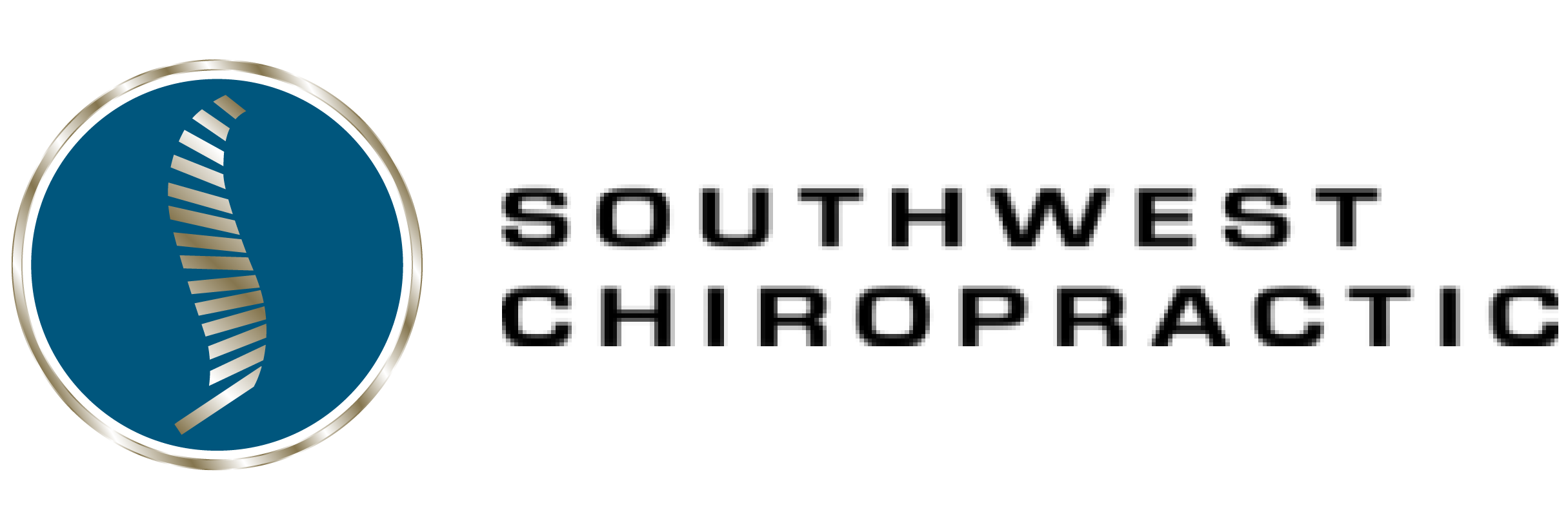FAQs
Frequently Asked Questions About Chiropractic Care
- What is Chiropractic Care?
Chiropractic care is a healthcare profession that focuses on disorders of the musculoskeletal system and the nervous system, and the effects of these disorders on general health. Chiropractors most often treat neuromusculoskeletal complaints. This includes but is not limited to back pain, neck pain, and pain in the joints of the arms or legs, and headaches.
Doctors of Chiropractic often practice a drug-free, hands-on approach to healthcare. It usually includes patient examination, diagnosis, and treatment. Chiropractors have broad diagnostic skills and education to recommend therapeutic and rehabilitative exercises. They also provide nutritional, dietary, and lifestyle counseling.
The most common therapeutic procedure performed by doctors of chiropractic is known as “spinal manipulation,” also called “chiropractic adjustment.” The purpose of manipulation is to restore joint mobility by manually applying a controlled force into joints that have become hypomobile – or restricted in their movement – as a result of a tissue injury. A single traumatic event, such as improper lifting of a heavy object, or through repetitive stresses, such as sitting in an awkward position with poor spinal posture for an extended period of time can all cause tissue injury. In either case, injured tissues undergo physical and chemical changes that can cause inflammation, pain, and diminished function for the sufferer. Manipulation, or adjustment of the affected joint and tissues, restores mobility, thereby alleviating pain and muscle tightness, and allowing tissues to heal.
In many cases such as lower back pain, chiropractic care may be the primary method of treatment. When other medical conditions exist, chiropractic care may complement or support medical treatment by relieving the musculoskeletal aspects associated with the condition.
Doctors of chiropractic may assess patients through clinical examination, diagnostic imaging, and other diagnostic interventions to determine when chiropractic treatment is appropriate or when it is not appropriate. Chiropractors will readily refer patients to the appropriate healthcare provider when chiropractic care is not suitable for the patient’s condition. This might also happen if the condition warrants co-management in conjunction with other members of the healthcare team.
- Does Chiropractic Treatment Require A Referral From A Medical Doctor?
No, a patient does not need a referral from a medical doctor before visiting a doctor of chiropractic. Federal and state regulations define Chiropractors as first contact physicians. Following a consultation and examination, the doctor of chiropractic will arrive at a diagnosis under chiropractic care, or refer the patient to the appropriate healthcare provider.
- Is Chiropractic Treatment Safe?
Chiropractic is widely recognized as one of the safest drug-free, non-invasive therapies available for the treatment of neuromusculoskeletal complaints. Although chiropractic has an excellent safety record, no health treatment is completely free of potential adverse effects.
The risks associated with chiropractic, however, are very small. Many patients feel immediate relief following chiropractic treatment, but some may experience mild soreness or aching, just as they do after some forms of exercise. Current literature shows that minor discomfort or soreness following spinal manipulation typically fades within 24 hours.
Neck pain and some types of headaches are treated through precise cervical manipulation. Cervical manipulation, often called a neck adjustment, works to improve joint mobility in the neck, restoring range of motion and reducing muscle spasms, which helps relieve pressure and tension.
- Is Chiropractic Treatment Appropriate For Children?
Yes, children can benefit from chiropractic care. Children are very physically active and experience many types of falls and blows from activities of daily living as well as from participating in sports. Injuries such as these may cause many symptoms including back and neck pain, stiffness, soreness or discomfort. A Chiropractor always adapts Chiropractic care to the individual patient. It is a highly skilled treatment, and in the case of children, very gentle.
- Do Insurance Plans Cover Chiropractic Care?
The majority of all insured American workers have coverage for chiropractic services in their healthcare plans. However, if you don’t have insurance, chiropractic is very affordable. Because we care about you and your health, we offer great private pay rates which include therapy (electrical muscle stimulation, ultrasound, cryotherapy, massage, traction therapy, spinal manipulation, and rehabilitation). Southwest Chiropractic also accepts most 3rd Party Insurances for Personal Injuries, Auto Accident Insurances & Workers’ Compensation.
- What Type Of Education And Training Do Chiropractors Have?
Chiropractors are educated as primary contact healthcare practitioners, with an emphasis on musculoskeletal diagnosis and treatment. Educational requirements for doctors of chiropractic are among the most stringent of any of the healthcare professions. The typical applicant at a chiropractic college has already acquired nearly four years of premedical undergraduate college education, including courses in biology, inorganic and organic chemistry, physics, psychology and related lab work. Once accepted into an accredited chiropractic college, the requirements become even more demanding – four to five academic years of professional study are the standard. Because of the hands-on nature of chiropractic, and the intricate adjusting techniques, a significant portion of time is spent in clinical training.
In total, the chiropractic curriculum includes a minimum of 4,200 hours of classroom, laboratory and clinical experience. The course of study is approved by an accrediting agency that is fully recognized by the U.S. Department of Education.
- How Does a Chiropractor Perform an Adjustment?
Chiropractic adjustment or manipulation is a manual procedure that utilizes the highly refined skills developed during the intensive years of chiropractic education. The chiropractor typically uses his/her hands to manipulate the joints of the body, particularly the spine, in order to reduce pain, and restore or enhance joint function. Chiropractic manipulation is a highly controlled procedure that rarely causes discomfort. The chiropractor adapts the procedure to meet the specific needs of each patient. Patients often note positive changes in their symptoms immediately following treatment.
- Is Chiropractic Treatment Ongoing?
The hands-on nature of chiropractic treatment is essentially what requires patients to visit the chiropractor a number of times. A patient needs to be in the doctor’s office while receiving treatment. In contrast, a course of treatment from medical doctors often involves a pre-established plan that is conducted at home (i.e. taking a course of antibiotics once a day for a couple of weeks). A chiropractor may provide acute, chronic, and/or preventive care thus making a certain number of visits sometimes necessary. Your doctor of chiropractic should tell you the extent of treatment recommended. He/she will also let you know how long you can expect it to last.
- What Causes Back Pain?
The back is a complicated structure of bones, joints, ligaments, and muscles. You can sprain ligaments, strain muscles, rupture disks, and irritate joints, all of which can lead to back pain. While auto injuries, work injuries, sports injuries or accidents can cause back pain, sometimes the simplest of movements can cause injury too. For example, picking up a pencil from the floor can have painful results. In addition, arthritis, poor posture, obesity, and psychological stress can cause or complicate back pain. Back pain can also directly result from diseases of the internal organs. This can include kidney stones, kidney infections, blood clots, or bone loss.
- Can Manipulation Be Used As A Treatment For Back Problems?
Used primarily by Doctors of Chiropractic (DCs) for the last century, manipulation has been largely ignored by most others in the healthcare community until recently. Now, with today’s growing emphasis on treatment and cost-effectiveness, manipulation is receiving more widespread attention.
- Why Is There A Popping Sound When A Joint Is Adjusted?
Adjustment of a joint may result in a release of a gas bubble between the joints that makes a popping sound – it’s exactly the same as when you “crack” your knuckles. The change of pressure within the joint that results in gas bubbles being released causes the noise. The patient feels no pain.

